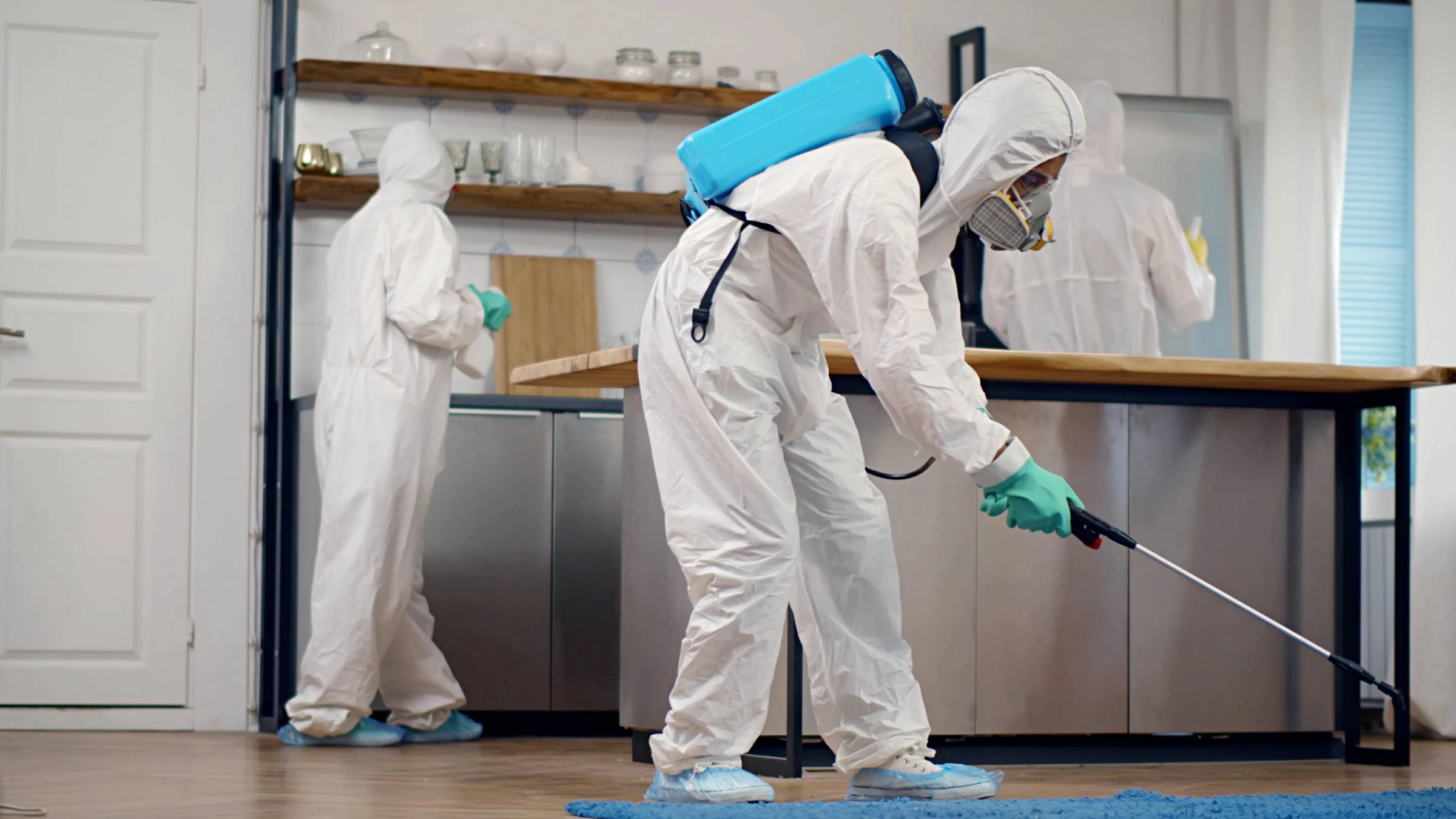Sponsorluk
Safe and Effective Pest Management Strategies for Schools

Pest problems in schools aren’t just an inconvenience—they can disrupt learning, pose health risks, and create long-term damage if not handled the right way. Here’s how to ensure treatment is both safe and effective in educational settings.
Understanding the Problem in School Environments
Educational facilities face a unique challenge when it comes to pest control. Classrooms, cafeterias, locker rooms, and storage areas can all attract pests—whether it’s ants drawn to leftover snacks, mice seeking shelter in utility closets, or cockroaches hiding near plumbing lines. Unlike private homes, schools have hundreds of occupants moving through shared spaces daily, which makes pest spread faster and harder to contain.
The main problem is that pest control in a school isn’t just about removing the immediate infestation. It has to be done in a way that’s safe for children, staff, and the surrounding environment. Using the wrong chemicals, applying them incorrectly, or failing to address the root cause can make things worse—not better.
Why Ignoring or Mishandling the Issue Is Risky
Pests in a school building can cause more than just discomfort. Rodents can chew through wiring, creating fire hazards. Cockroaches can spread bacteria and trigger asthma in sensitive children. Bed bugs can hitchhike on backpacks, following students home.
When pest problems are addressed without proper expertise, the consequences can be serious:
-
Accidental chemical exposure to students and staff
-
Repeated infestations due to missed nesting spots
-
Contamination of food in cafeterias or teacher lounges
-
Damage to a school’s reputation among parents and the community
This is where hiring a qualified school pest control company becomes essential. Not only do they understand how to treat pests safely, but they also know the unique considerations of working in environments where children are present.
A Case Study from New York City Schools
To see why expertise matters, let’s look at a real-world case from Queens, NY.
In early spring, a mid-sized public elementary school began noticing small droppings in the cafeteria storage room. At first, custodians increased cleaning efforts and set a few snap traps. But within weeks, the problem grew—droppings appeared in classrooms, and a teacher spotted a mouse running along the hallway baseboard.
The school was an older building from the 1960s with aging plumbing and small gaps near heating pipes—perfect entry points for rodents. Parents began voicing concerns, and the principal realized a professional solution was needed before the issue escalated further.
A licensed pest control team was brought in. The technician, who held an exterminator license nyc, started with a thorough inspection of the entire school—checking ceiling spaces, storage rooms, and exterior walls. They discovered multiple hidden entry points and gnawed insulation behind kitchen appliances.
The solution wasn’t just traps—it was an integrated approach: sealing every possible entry hole, cleaning out storage rooms, placing tamper-resistant bait stations in secure areas, and scheduling follow-up visits to ensure the rodents didn’t return. Within two months, the school was pest-free, and a long-term prevention plan was in place.
The key takeaway? Without proper licensing, training, and school-specific protocols, the situation might have dragged on for months.
The Safest Path: Integrated Pest Management (IPM)
When it comes to schools, safety must be the top priority. This is why many professionals recommend Integrated Pest Management (IPM). Instead of relying solely on chemical treatments, IPM combines multiple strategies to control pests while minimizing risks.
An IPM plan in a school typically includes:
-
Regular Inspections – Catching issues before they become large-scale infestations.
-
Sanitation Measures – Keeping food storage and eating areas clean and sealed.
Exclusion Techniques – Sealing cracks, repairing screens, and preventing entry points. -
Targeted Treatments – Using the least-toxic methods possible, applied in non-student areas when classes aren’t in session.
-
Education for Staff – Training janitors, cafeteria workers, and teachers to spot early signs of pests.
This approach works particularly well in schools because it prioritizes prevention and limits exposure to chemicals, protecting the health of both students and staff.
Skills and Knowledge a School Pest Expert Must Have
Not every exterminator is prepared for the unique challenges of a school environment. Professionals who excel in this field bring:
-
Species Identification Skills – Knowing exactly what pest is present determines the right strategy.
-
Building Knowledge – Understanding how pests move through large, shared spaces like gymnasiums, hallways, and duct systems.
-
Safe Product Application – Using approved treatments in compliance with local and federal school safety guidelines.
-
Communication Skills – Clearly explaining the process to school administrators and staff.
-
Compliance Awareness – Staying up to date with education facility pest control regulations in New York City.
In many cases, this expertise comes from formal training and state licensing, ensuring both safety and efficiency.
Why Licensing Matters for School Pest Control
Hiring a pest control company with the right credentials isn’t just a good idea—it’s required in many areas. In New York City, an exterminator license nyc guarantees the technician has undergone state-approved training, passed written exams, and understands both safety protocols and pest biology.
For a school, this means peace of mind. Parents and staff can trust that treatments are safe, legal, and effective, while administrators reduce the risk of liability from mishandled chemicals or incomplete work.
Prevention Is More Cost-Effective Than Reaction
One mistake schools make is only calling pest control when an infestation becomes visible. By that point, pests have usually been present for weeks or months. Preventive maintenance—monthly or quarterly inspections—can catch issues before they disrupt classes or cause expensive damage.
A good school pest control plan isn’t just about emergencies. It’s about creating an environment where pests can’t thrive in the first place. This includes coordinating with janitorial staff, ensuring dumpsters are properly sealed, and keeping vegetation trimmed away from building walls.
The Bottom Line for School Administrators
Safe pest control in schools requires a combination of expertise, safety awareness, and ongoing monitoring. Choosing a licensed, experienced provider isn’t just about eliminating pests—it’s about protecting student health, preserving the school’s reputation, and ensuring uninterrupted learning.
When looking for a provider, administrators should:
-
Ask about experience with school environments
-
Confirm licensing and insurance
-
Request a written prevention and monitoring plan
-
Ensure communication protocols are in place for staff and parents
Final Thoughts & Call to Action
Pests in an educational setting can quickly spiral into health risks, parent concerns, and costly repairs. By partnering with a trusted, licensed pest control team that understands the unique challenges of schools, administrators can protect both their facilities and the people inside them.
If your school is facing pest problems—or you want to ensure it never does—reach out to a professional with school-specific expertise today. Prevention is always safer, smarter, and more affordable than waiting for an infestation to take hold.







